How to buy bicycle tires
Are you a lone road walker? Or a cross-country rider? Or the occasional novice cyclist? Faced with different ways of riding, you need to learn to choose different types of bikes. Also, picking the right tire is one of the skills you need. In addition to knowing what size of tires your vehicle needs, there are many different types of tires.
No matter what kind of driver you are, it is very necessary to avoid excessive tire wear. Flat outer tire will increase the probability of tire burst during riding. Timely check the tire wear and replace the severely worn outer tire will effectively improve your riding experience.
Specifications of tires – diameter and width
How do I know your tire specifications? Very simple. Look at the side wall of the tire.
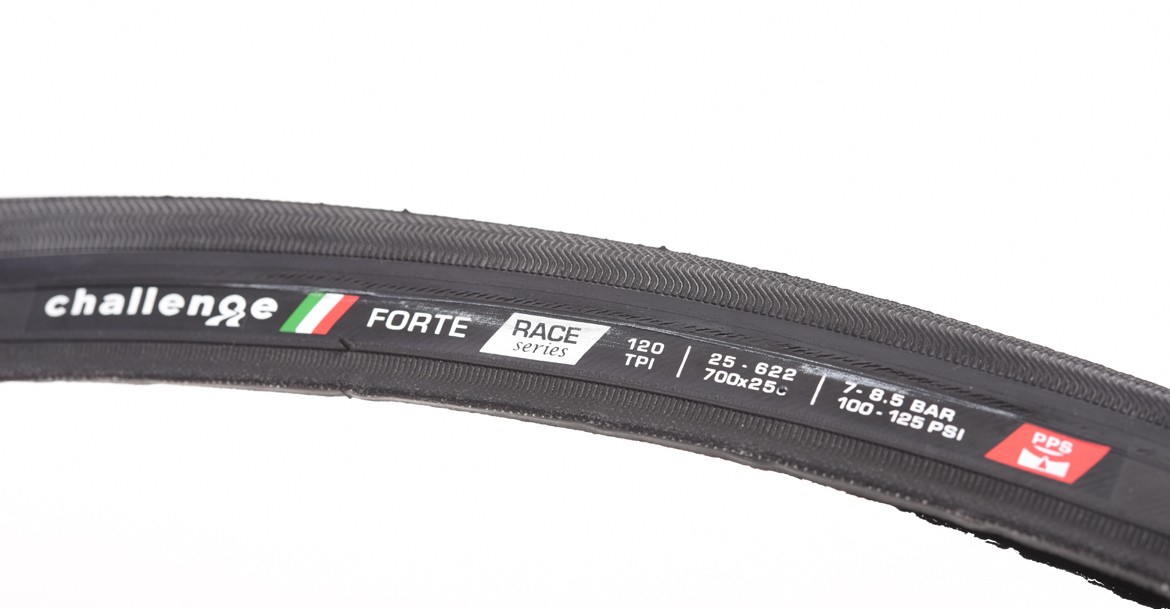
Mountain bike: on the outside tire of a mountain bike, you will see a 27.5×2.0 word, which indicates the width of the tire (2.0 inches) and the diameter of the wheel (27.5). In general, the tire width of a typical mountain bike is between 1.9 and 2.25. Scooters and all-terrain mountain bikes have tires that are between 2.25 and 2.4 wide, and of course wider, DH bikes have tires that are 2.5 inches wide
Road bike: on the outer tire of a road bike, you will see a different number than the outer tire of a mountain bike, such as 700×23. The first number (700) represents the wheel diameter of the wheel, which is measured in millimeters. The second number (23) represents the actual tire width, again in millimeters.
Exceptions include the 650S, a gauge that makes it easier to change the front wheels faster or for smaller drivers, and the 27in, which is mostly used by older cars.
You’ll probably see 700c on the outside tire of a highway car a lot. What does the c at the end mean? In the past, in the French standard, they used the letters a,b, and c to mark different car rim diameters. Today, any 700-size outtire is basically the same size as the 700c outtire of the past, and you may have seen the 650b, which is the same size as the current 27.5-inch mountain bike outtire, and the 650c, which has a slightly smaller inner diameter than the 650b outtire, which you can find on some road cars
Most road cars now use 700c tires, which range in width from 18 to 23 millimeters. For those who ride station wagons, the outer tyres are usually 25-28mm wide for stability and comfort.
Typically, any 700 tire today is basically the same size as the old 700c tire. You can see the 650b, which is the same as today’s 27.5 “mountain bike tires, and the 650c, which has a slightly smaller inner diameter than the 650b tires and can be found on several road bikes.
Road-bike: the road-bike has similar markings to the mountain tires, but is designed to be 700 in size to accommodate the frame.
29ers: compared to the off-road, the 29-inch mountain bike exterior tire has a wider tire width and more variations in texture, but generally looks the same as the normal mountain bike exterior tire. The design concept of the 29-inch outer tire is to reduce rolling resistance on the technical road section and the silt road surface. Due to the increase of contact surface with the road surface, the 29-inch mountain bike is more convenient to control the vehicle when turning and climbing.
BMX: the diameter of the outer tube is usually 20 inches
The diameter of your tire is determined by the size of your vehicle (the rim diameter). It’s a simple “black or white” question that most people don’t understand. In contrast, the tire specification of another parameter – tire width, there is more knowledge. Other things being equal, just the difference in tyre width can make a big difference to the ride. Let’s not get into that for a moment.
Tread selection
Complex tread patterns mean better grip, but also greater drag. So you need to strike a balance between going for speed and having better grip.
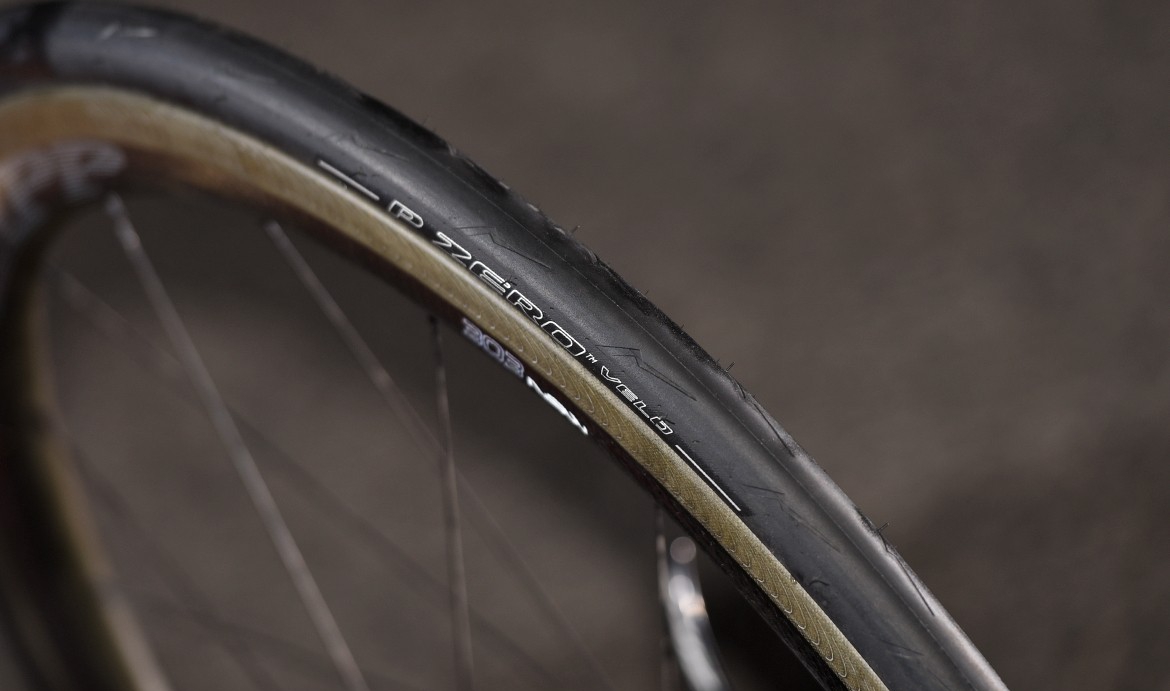
Bare tyres: generally designed for road vehicles, city/commuter vehicles, station wagons and some mountain bikes. The smooth tread has almost no tread pattern, which can bring less rolling resistance. Smooth surfaces are designed for smooth surfaces, such as tarmac, clean and flat surfaces, which will make your ride faster and easier. Some bare tires have grooves on the sides to improve grip when turning, especially if you’re riding over a watered-down road.
Semi-smooth tyres: compared to all-smooth tyres, this type of tyre is designed with a rubber block on the side. The smooth tread in the middle reduces the rolling resistance of the tyre while facilitating acceleration. Such outtires are commonly used on light off-road surfaces.
Shallow tooth tyre: the shallow tooth tyre has both low roll resistance and grip. Such a tyre design can adapt to a variety of cycling scenes. It is one of the most suitable outer tyres for beginners.
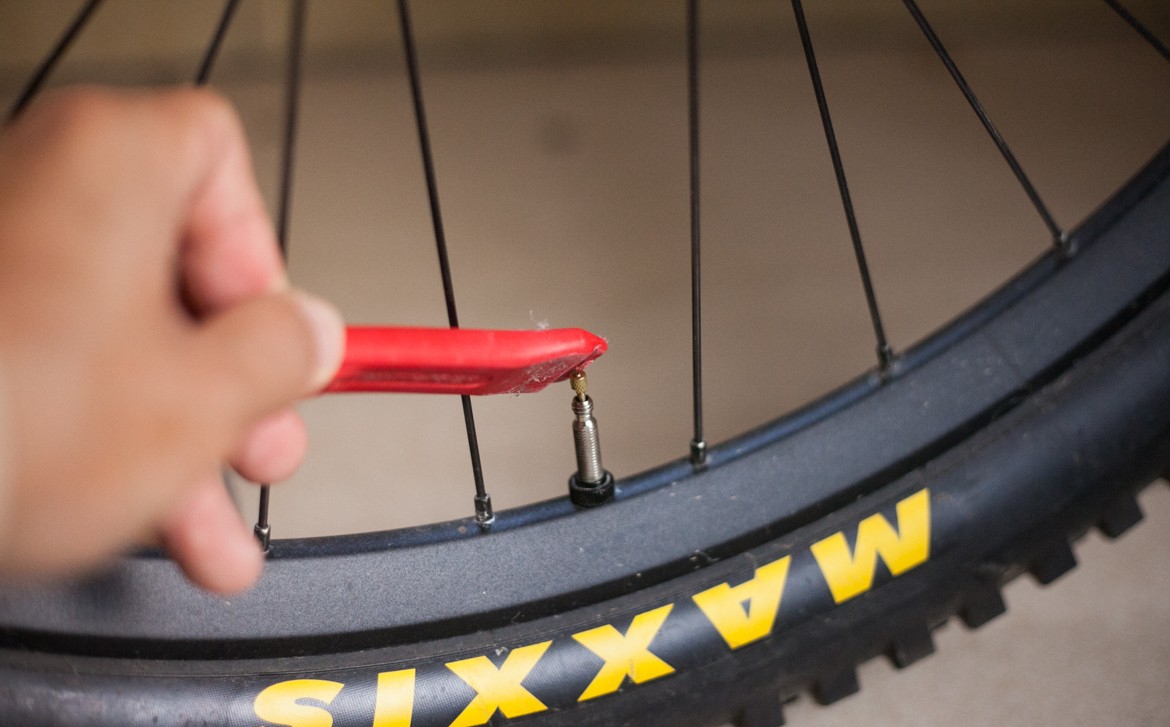
Gear tires: there are different options for different off-road surfaces. The smaller gear block can reduce rolling resistance and is suitable for the light off-road road surface. The large-toothed tire provides better grip when there are lots of roots to wind around and over the pavement. The large-toothed tire is perfect for rain fighting, and it helps you get rid of the mud stuck on the tire, which can easily cause you to slip and fall on your side. (source: urbandictions.urbandictions.urbandictions.urbandictions.urbandictions.urbandictions.urbandictions.urbandictions.urbandictions.urbandictions.urbandictions.urbandictions.urbandictions.urbandictions.urbandictions.urbandictions.urbandictions4. Choosing wider tires on off-road roads can help you control your car better.
Tread selection for front and rear tires
Through the different combination of front and rear tires, you can bring more different riding experience. For mountain bikes, the front tyres are mainly used to provide better grip during turns to improve control, while the rear tyres tend to provide the best power transmission. After purchasing the outer tire, please install the outer tire correctly according to the wheel rolling direction. The rolling direction is usually marked on the side wall of the outer tire.
Compared to mountain bikes, road bikes are usually sold in pairs, so there are almost no front and rear tires, and since road bikes are not as varied as mountain bikes, you can hardly see much variation in the tread patterns of road bikes.
Air nozzle selection
As we all know, there are two kinds of air nozzles in the inner tube of bicycle, namely the beautiful mouth and the French mouth.
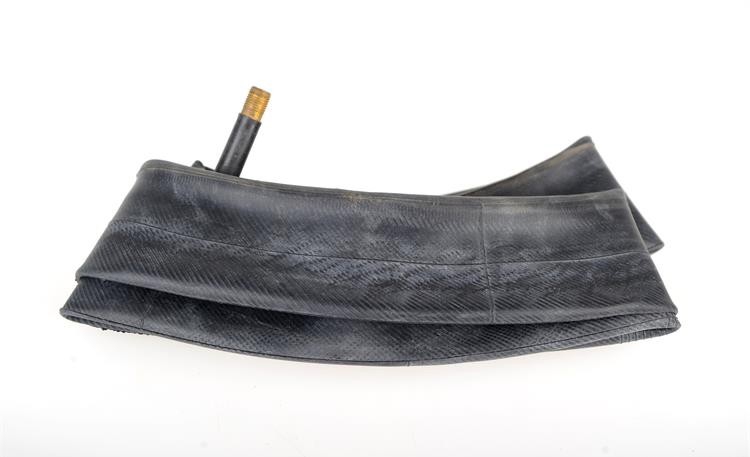
The nozzle is characterized by long and thin, and can be tightened with the valve, nozzle tube usually appear in high-end bicycles, especially road cars used more. If you.so is the mouth of specification, don’t try to pack a mouth tube, because of the different hole size, use mouth tube can lead to several mobile gas mouth place, resulting in rubber of cracking gas mouth place, but do you really want to mouth specifications of the pairing in the United States to use word of mouth tube, can try to use conversion head to fixed tube.
The mouth is characterized by stubbiness and is usually found on cheaper and mid-end bikes. If you only have a nozzle-sized wheel set, then please use a nozzle-tube tube, because the tube does not fit into the valve hole of the car rim.
What are the characteristics of different tires?
Folding tire
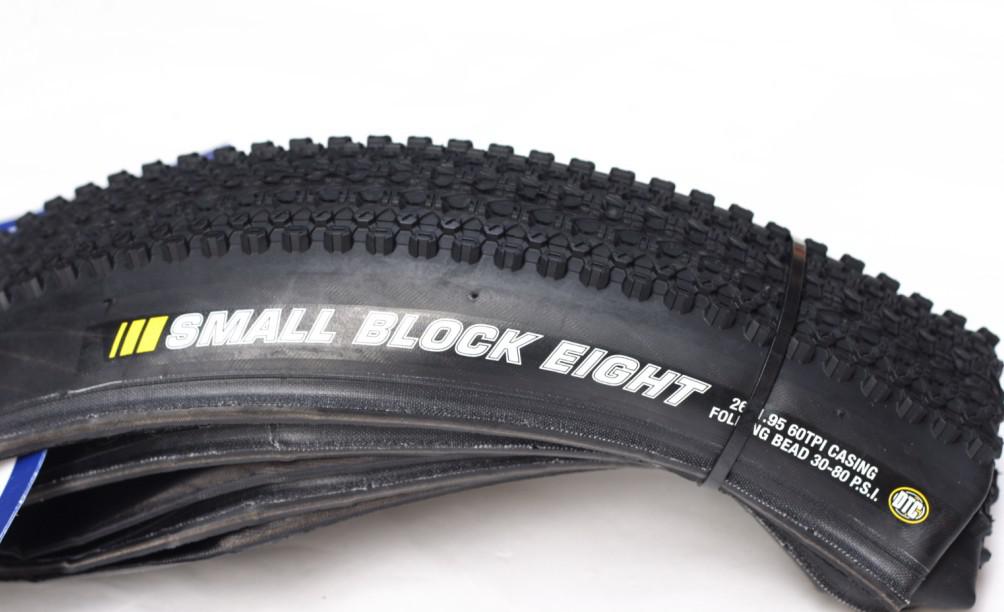
Different from the ordinary outer tire, the tire lip of the folding tire replaces the hard material used by the ordinary outer tire with the material with stronger toughness (such as kevlar material), which also greatly reduces the weight of the outer tire and makes it easy to fold and carry. Folding tyres are available on both road and mountain bikes, allowing for a lighter outtyre for a better ride. The disadvantage is that folding tires are much more expensive than ordinary outer tires.
Vacuum tire
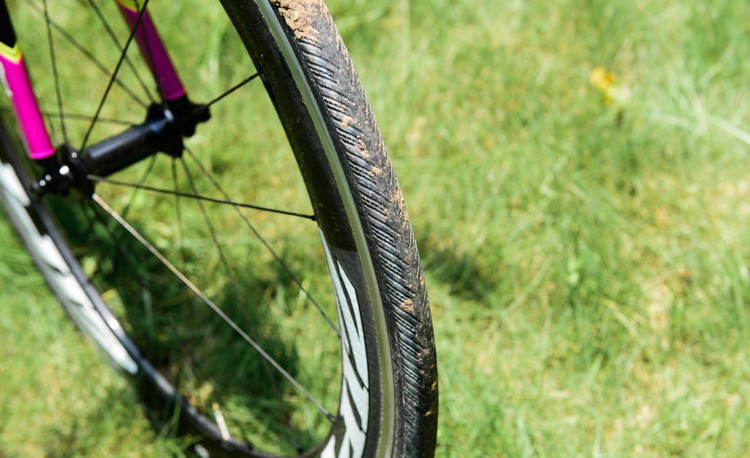
In recent years, vacuum tire is more and more respected by everyone, and even appeared in the world tour field some time ago. In the past, vacuum tires were mostly used for mountain bikes. The combination of vacuum tires and vacuum wheel group can further reduce the weight of the vehicle. Moreover, due to the filling of tire filling fluid, small damage can be basically ignored in riding.
Weaknesses? It may be difficult to install, and if you want to use the vacuum tire system, you need to buy matching wheels to support the vacuum tire, of course, you can also buy some manufacturers’ modified parts.
Rivet tire
These tyres are usually fitted with rivets made of hard alloy to improve grip when riding on snow and ice.
Puncture-proof tyres
The problem of a flat tire will always be with you throughout your cycling life, and tire manufacturers have come up with solutions. A layer of anti-puncture material (usually kevlar fabric) is added to the tires to prevent them from being punctured by sharp objects.
Composite rubber shell
Generally speaking, bicycle tires are made of one type of rubber. Soft rubber tyres provide a more comfortable riding experience, but they are durable and expensive. The hard rubber outer tire is very durable, but it is too hard to give the rider a comfortable riding experience. Some high-end players use composite rubber tires, which are made of rubber of different hardness, to improve riding comfort and grip at the same time.
What is TPI?
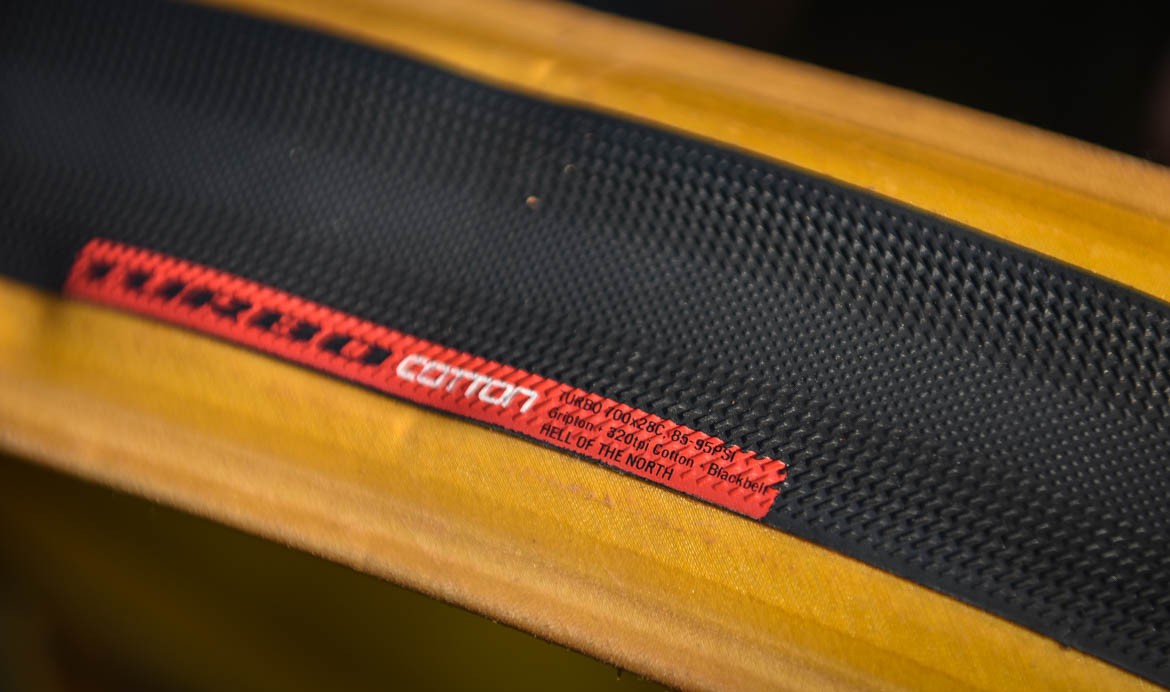
The tpi value of a bicycle tire is the number of liners per inch of tire length, or liner density. The higher the TPI value, the lighter the tire weight, the higher the elasticity and comfort, and the lower the sliding resistance. Common bicycle tires vary from 30tpi to 120tpi, and the most obvious difference between them is weight and thickness. 30tpi tires are very thick, 60tpi tires are lighter and lighter than 30tpi tires, and 120tpi tires are lighter and lighter than 30tpi tires. Thin and light at the same time the price will increase a lot. A high TPI number means lower rolling resistance. Most of the rolling resistance of tires is caused by rubber deformation. Because the high-tpi jacket contains less rubber, it converts more of the rider’s energy into forward motion.
 hotebike
hotebike